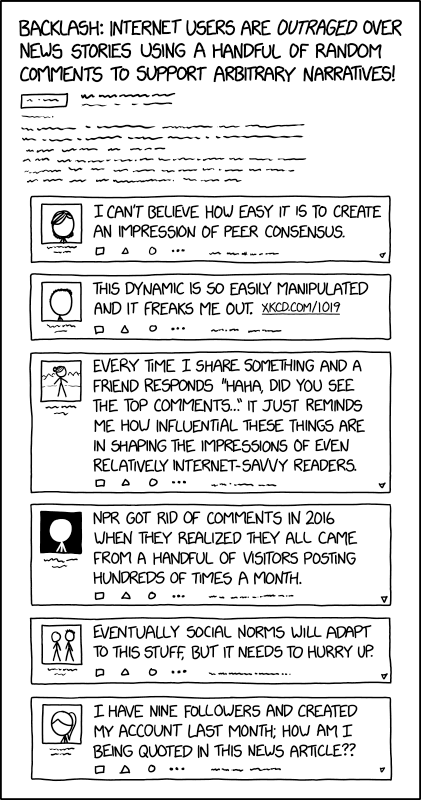[Update by Mark Liberman: Knowledgeable commenters have serious objections to the content of this guest post (e.g. John McWhorter, Sally Thomason), and others cite apparently racist content and publication location in other writings by John Day (e.g. Suzanne Kemmerer, Jamie). It was a serious mistake to have given this work a platform on this blog, which tries to present reputable linguistic perspectives in a public-facing way. I'm not going to delete it, since the comments are worth preserving, but it's important to put this warning up front. We'll try to avoid such mistakes in the future.]
[This is a guest post by John V. Day]
John V. Day, The Alphabet Code: The Origins of Our Alphabet and Numbers (Kindle 2018).
At present, almost every scholar follows Herodotus about the Greek alphabet being created by non-Indo-European Phoenicians (despite an earlier tradition attributing the invention of writing to the legendary hero Palamedes). Whereas my book, The Alphabet Code, argues that Indo-Europeans created the alphabet.
One problem with the orthodox story, as Isaac Taylor pointed out in the 19th century, is that the Greek letters and their alleged Semitic forerunners suffer from a ‘nearly absolute dissemblance of form’: for example, zēta and Semitic zayin, mu and Semitic mem; san and Semitic tsade; rhō and Semitic resh.
Furthermore, as Barry Powell admits, ‘The signs of the West Semitic signaries bear little resemblance to the objects they are said to name.’ Α, for example, supposedly depicts the head of an ox, although only after being rotated by 180°; Β, a house; Θ, a hand; Π, a mouth. Yet no one doubts the Phoenician hypothesis.
Read the rest of this entry »






